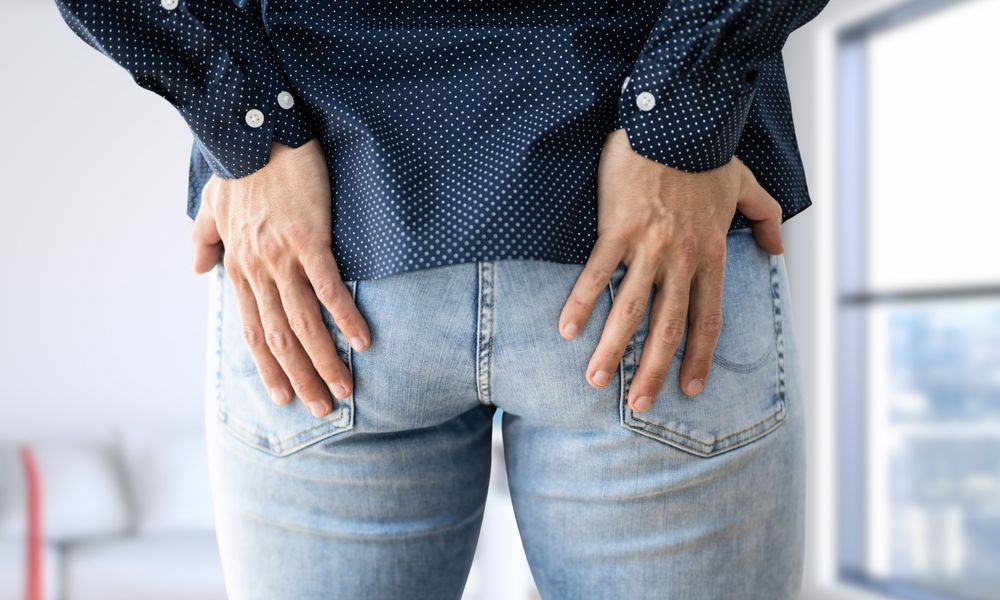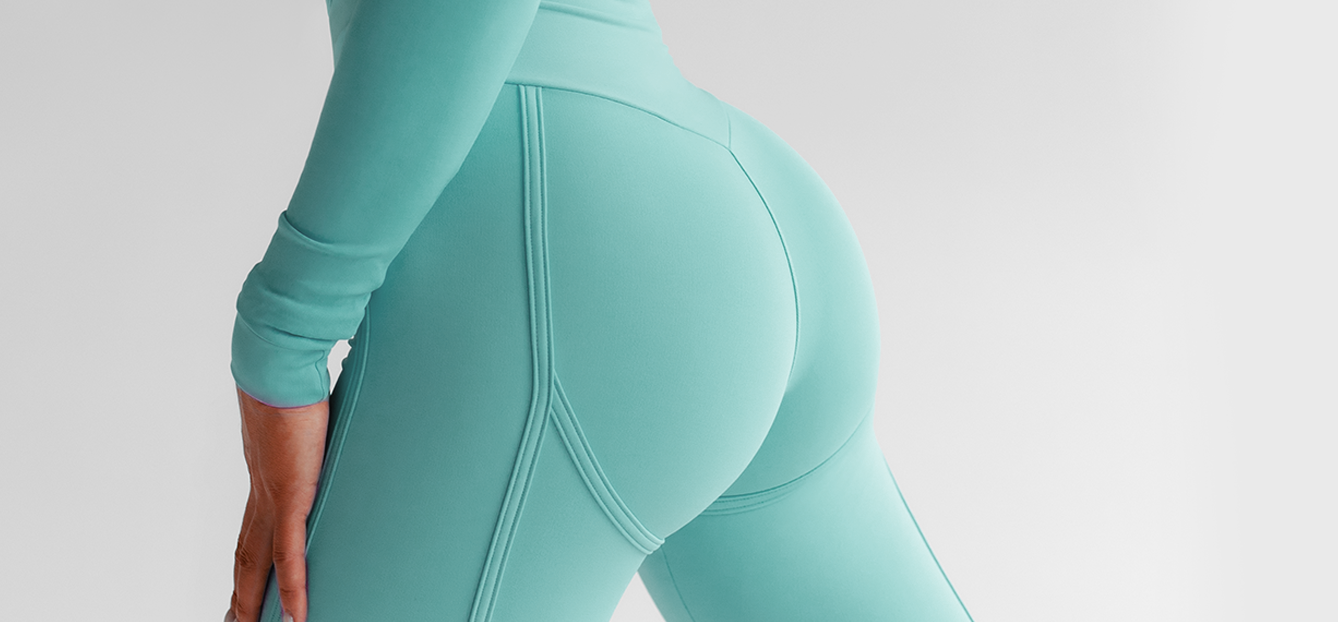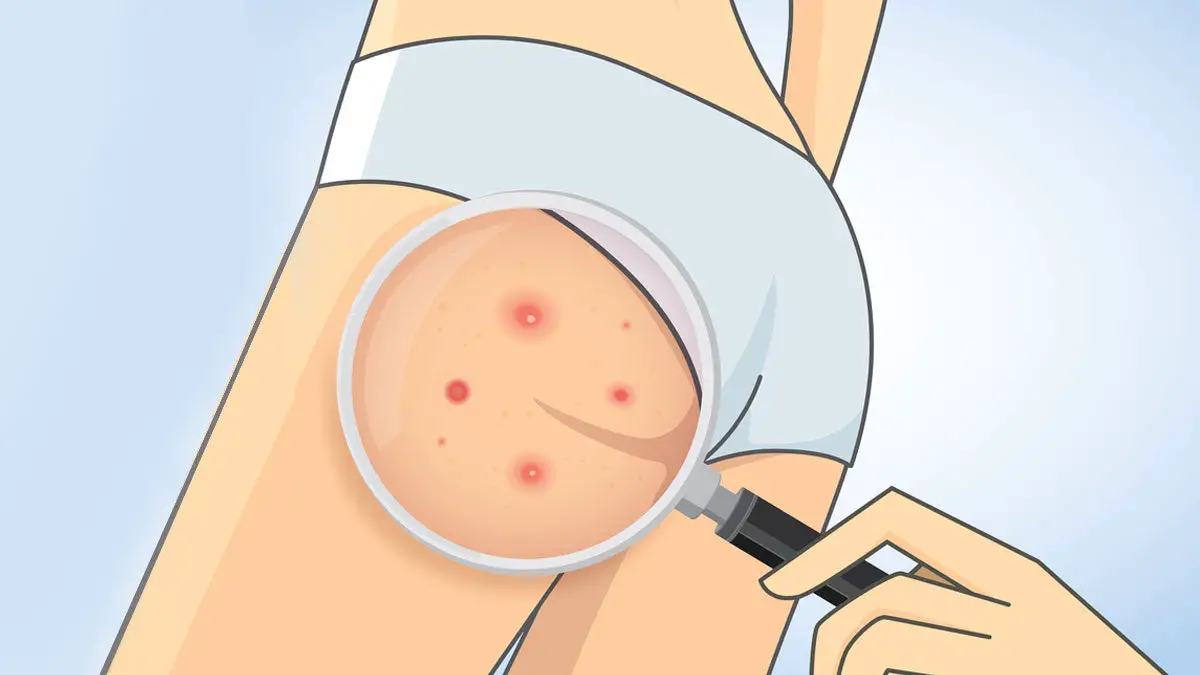Keratosis Pilaris in Men: Understanding and Managing the Condition
When it comes to skincare concerns, keratosis pilaris in men often flies under the radar, yet it is a condition that many men encounter. This harmless but sometimes frustrating skin condition manifests as tiny, rough bumps, typically on the arms, thighs, cheeks, or buttocks. It occurs due to the buildup of keratin, a protein that protects the skin from infections and other harmful things. For beauticians, understanding the nuances of this condition can significantly enhance the skincare services offered to male clients.
Keratosis pilaris affects a significant portion of the population. It is known for its characteristic rough texture, which some describe as 'chicken skin.' While not a serious medical condition, it can be a cosmetic concern for many men, impacting their confidence and comfort in their skin.

Causes of Keratosis Pilaris
The exact cause of keratosis pilaris isn't fully understood, but it is known to be linked to genetic factors. If a client's parents or siblings have this condition, they are more likely to develop it themselves. Additionally, it is associated with other skin conditions, such as eczema, which is prevalent in men with sensitive skin.
Environmental factors can also exacerbate keratosis pilaris. Cold weather, which dries out the skin, can worsen the appearance of the bumps. Beauticians should advise male clients to keep their skin moisturized, especially during the winter months, to help manage symptoms.
Recognizing the Symptoms
The most recognizable symptom of keratosis pilaris is the appearance of small, rough bumps on the skin. These bumps are usually white or red and can sometimes be itchy, although they are generally painless. For beauticians, being able to identify these symptoms is crucial in providing effective skincare recommendations.
In some cases, keratosis pilaris can lead to inflammation, causing the surrounding skin to become red and irritated. This is more common in men with sensitive skin. Understanding these variations can help beauticians tailor their advice and treatments for individual clients.
Treatment and Management
While there is no cure for keratosis pilaris, there are several ways to manage the condition and improve the skin's appearance. Beauticians should focus on educating their clients about regular exfoliation and moisturizing as key strategies in managing this skin concern.
Exfoliating helps remove dead skin cells and smooth the skin's surface. Recommend gentle exfoliants that won't irritate the skin further. Regular moisturizing helps keep the skin hydrated, which can reduce the appearance of bumps. Suggest products that contain urea or lactic acid, as these ingredients help to soften and smooth the skin.
For more persistent cases, suggest clients visit a dermatologist who might prescribe stronger treatments, such as retinoids or laser therapy. These treatments can help reduce symptoms and improve skin texture.
Professional Advice
Working as a beautician means staying informed about various skin conditions to provide the best care for your clients. Dermatologist tips can be incredibly beneficial in understanding how to tackle challenging cases of keratosis pilaris. Additionally, consider exploring resources that discuss the nuances of keratosis pilaris and eczema, as these conditions often coexist.
Maintaining Healthy Skin
Beyond treatments, maintaining a regular skincare routine is essential for managing keratosis pilaris. Encourage your clients to use mild soaps and avoid hot water, which can dry out the skin further. Emphasize the importance of using a humidifier during dry seasons to maintain skin moisture.
Offering personalized skincare routines and product recommendations can make a significant difference in managing this condition. As a beautician, your expertise can help men feel more confident and comfortable in their skin.
For more comprehensive information, you can refer to resources such as Cleveland Clinic to deepen your understanding and ability to assist clients effectively.

FAQs about Keratosis Pilaris in Men
What causes keratosis pilaris in men?
Keratosis pilaris is primarily caused by the buildup of keratin, which can block hair follicles, leading to the characteristic bumps. Genetics and environmental factors can also play a role.
Can diet affect keratosis pilaris?
While diet isn't directly linked to keratosis pilaris, maintaining a balanced diet can improve overall skin health. Encourage clients to consume foods rich in vitamins A and E, which are beneficial for the skin.
Is keratosis pilaris contagious?
No, keratosis pilaris is not contagious. It cannot be spread through physical contact, making it safe to interact with others without concern.

